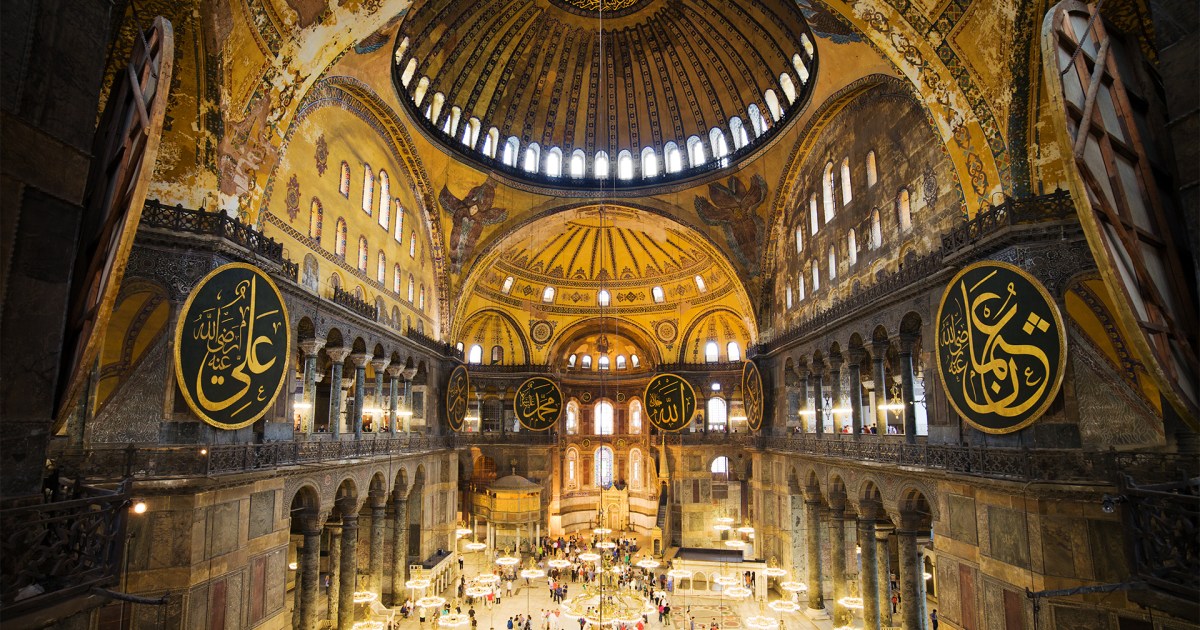The Turkish Foreign Ministry rejected the criticism of the World Heritage Committee regarding the "Great Hagia Sophia" and "Kariya" in Istanbul, which Ankara has turned into mosques, stressing that they are "the property of the Turkish Republic, and are carefully protected within the framework of historical, cultural and religious values."
Foreign Ministry spokesman Tanju Bilgic said that the re-conversion of the two aforementioned edifices from two museums to two mosques last year was a judicial decision, and stressed that determining the nature of their use is a matter of Turkey's sovereign rights.
Bilgic stressed that the restoration work and other ongoing measures in the two mosques do not have any negative impact in terms of the standards of the United Nations Educational, Scientific and Cultural Organization (UNESCO).
He stressed that the committee's decision is biased and politicized, and contradicts the reality on the ground and the reports of the UNESCO advisory mission, which visited Turkey.
Yesterday, Friday, the UNESCO World Heritage Committee called on Turkey to submit a report, until February 1, 2022, on measures to protect the Hagia Sophia and Karia mosques, and the amendments that have been made to them.
The Committee expressed its concern over the conversion of Hagia Sophia, which has been on the World Heritage List since 1985, into a mosque and what might result from that.
The construction of Hagia Sophia dates back to the Byzantine era and was converted into a mosque after the Ottoman conquest of Istanbul (1453) and then turned into a museum in 1934. On July 24, 2020, Friday prayers were held in the Great Hagia Sophia Mosque for the first time after 86 years of turning it into a museum, in the presence of Turkish President Recep Tayyip Erdogan.
A month later, Ankara ordered the conversion of another Orthodox church into a mosque, the Church of the Holy Savior in Chora, which was also built in the Byzantine era, and is adorned with frescoes dating back to the 14th century, and the Turkish authorities had converted it into a museum before the last decision.

